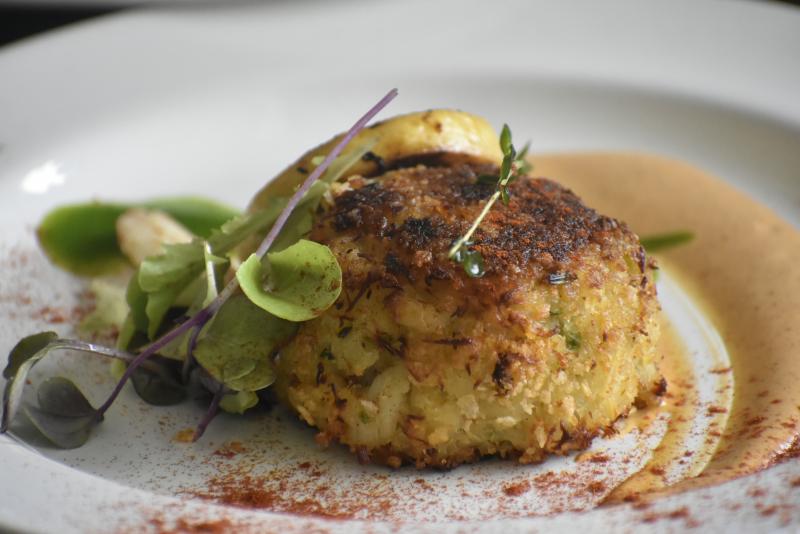
“I shouted with joy when I first saw the first shrimp walk out of the water. I was thinking, Oh my gosh, I deciphered [a] secret of nature!” he says.
Mysteriously, cooler temperatures and low light seem to be key cues for the shrimp to leave the water, adds Hongjamrassilp, who tested factors such as light level, current strength, and water temperature in his lab experiments.
In the final stage of his study, he ran a genetic analysis on the shrimp, which revealed the species as Macrobrachium dienbienphuense, first identified in the 1970s but not known to be the parading shrimp.
Moveable feast
M. dienbienphuense face risks in leaving the water, namely a plethora of hungry land animals. Frogs, lizards, and snakes are standard predators, and Hongjamrassilp has also seen earwigs and fishing spiders partake.
The spiders simply wait along the stream for the shrimp to walk by, a strategy Hongjamrassilp likens to waiting for conveyor belt sushi.
Each rainy season, this mobile buffet likely adds a surge of protein into the food web, which he wants to explore further. With the shrimps’ migration, he says, “they actually transfer some energy from the water aquatic ecosystem to the terrestrial ecosystem.” (See more pictures of freshwater plants and animals.)
Peter Novak, a freshwater ecologist at Western Australia’s Department of Biodiversity, Conservation and Attractions, says it’s intriguing that the parades don’t seem to be part of a milestone event, like reproduction.
“[The findings] do raise interesting questions about why these animals are moving upstream if there is no need to be downstream in the first place,” says Novak, who wasn’t involved in the study.
Some of M. dienbienphuense’s closest relatives are amphidromous, starting life in an estuary and migrating to river headwaters to spawn. Though M. dienbienphuense isn’t known to do this, Novak wonders if the parading shrimp are shuttling between parts of the river during different parts of their life cycle. For example, during higher river flows, adults ready to reproduce could be washed downstream into habitats favourable for young shrimp.
The Link LonkDecember 21, 2020 at 07:36PM
https://ift.tt/2Ko7D4B
These shrimp parade on land. Now we know why. - National Geographic UK
https://ift.tt/3eNRKhS
shrimp

No comments:
Post a Comment